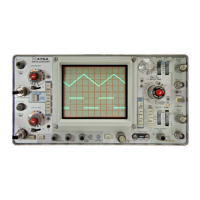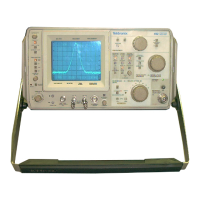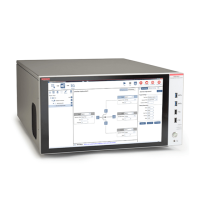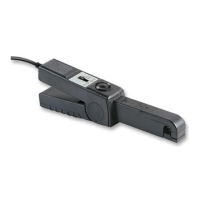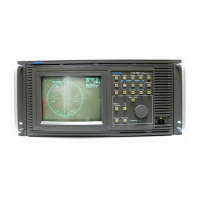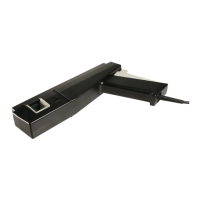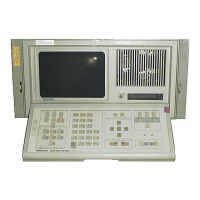Frequency (Basic 465B)
The
frequency
of
a recurrent signal
is
determined by
computing
the
reciprocal of
the
time duration
of
one event.
EXAMPLE:
The
time duration of one event (Point A
to
Point
B,
Figure 25)
is
16.66 milliseconds.
Using
the
formula and substituting
the
given value:
1
Frequency = . .
t1me durat1on
16.66
ms
60Hz
Rise Time (Basic 465B)
Rise time measurements use
the
same methods
as
time
duration,
except
that
the
measurements are made between
the
10%
and
90%
points
on
the
leading edge
of
the
wave-
form. Fall time
is
measured between
the
90%
and
10%
points on
the
trailing edge of
the
waveform.
1. Obtain a Normal Sweep Display (refer
to
Basic
Oscilloscope Displays section
of
this manual).
Use
a
sweep speed setting
that
displays several cycles or
events if possible and ensure
that
the
VAR TIME/
DIV control
is
in
the
calibrated detent.
2.
Set
the
VOLTS/DIV switch
and
VAR control (or
signal amplitude) for an
exact
five-division display
on
either Channel 1
or
Channel 2.
3. Vertically position
the
trace so
that
the
zero
reference
of
the
waveform touches
the
0%
graticule
line
and
the
top
of
the
waveform touches
the
100%
graticule line (see Figure 26).
SIGNAL
AMPLITUDE
_l
INTENSIFIED
ZONES
HORIZONTAL
I
DISTANCE
1-
(465/DM-0·11
)2039·29
Figure 26. Rise time.
60 465B/DM44 Operators
@
I
I
I
I
I
I
I
I
I

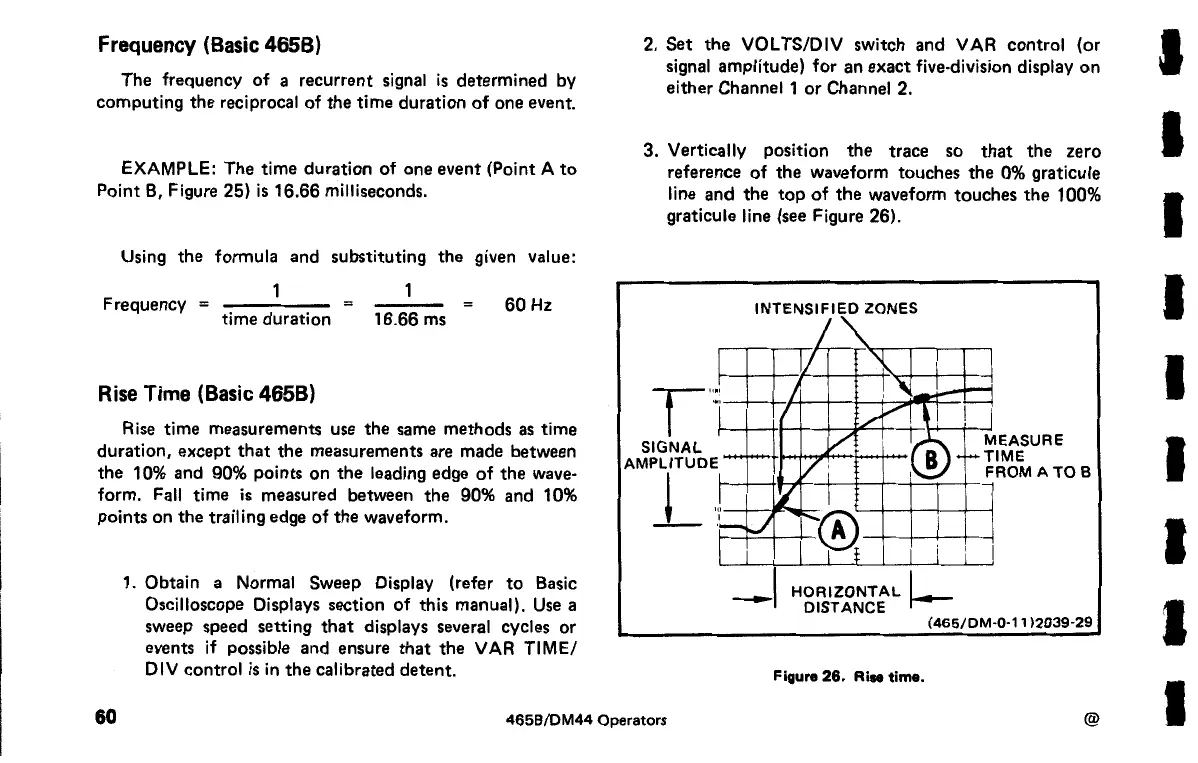